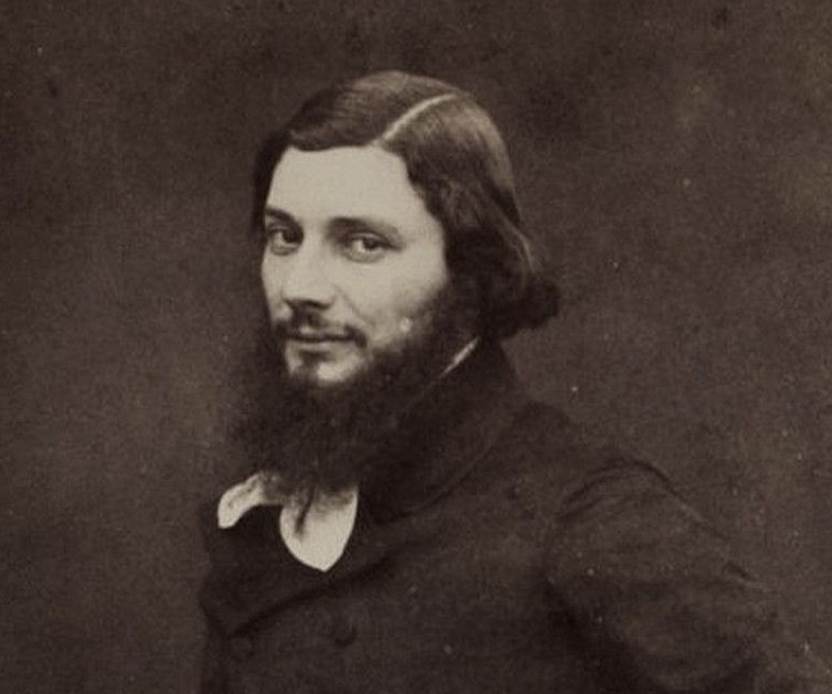When an artist rejects the conventional ideas of his time, a new art movement emerges.
This is exactly what happened when a French painter rejected the ideals of the Romantic artists and the Neoclassical artists who dominated the world of art in the early 19th century.
Let’s take a closer look at some of the most interesting facts about Gustave Courbet (1819-1877), a Realism artist who was a pioneer of the realism art movement
His paintings shaped the world of art for multiple future generations, and in this article, you’ll learn exactly why.
1. He was born in a small town in the eastern part of France
Gustave Courbet was born on June 10, 1819, in a small town called Ornans in the Doubs department in eastern France. He was born into a rather prosperous family with a farming background.
He had 3 sisters who served as the first models of the young boy as he tried to sharpen his drawing technique. His family was also politically active and opinionated as his maternal grandfather fought in the French Revolution a couple of decades earlier.
Courbet was a socialist throughout his life and his political convictions would eventually lead to his downfall later on in life.
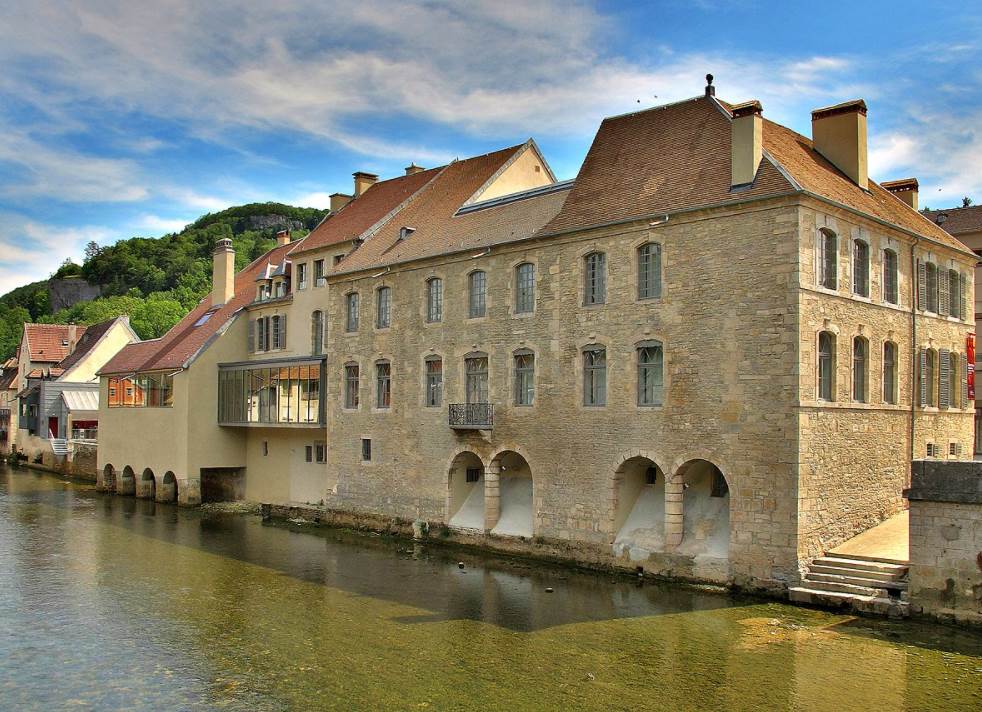
2. He quickly developed his own style based on observed reality
Courbet moved to Paris in the year 1839 when he was in his early 20s in search of a life as an artist. Like most aspiring young French artists, he frequently visited the Louvre Museum and studied the works of the great masters in the extensive collection of the Louvre.
Most of the works he produced during this early phase in his career were self-portraits. He was still heavily influenced by the dominant Romantic art movement at the time as he idealized himself.
This quickly changed, however, and he developed his style solely based on what he could observe without additional drama or special effects.
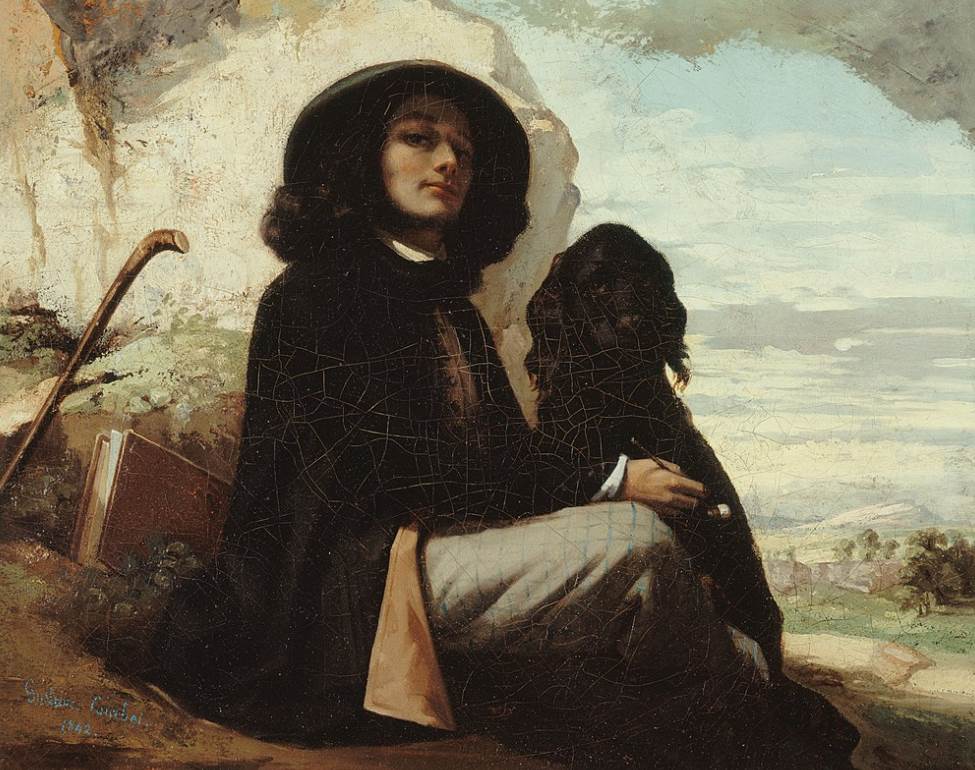
3. Courbet’s art became popular in the late 1840s
The artist submitted various works to be exhibited at the Paris Salon during the 1840s. He also traveled to Belgium and the Netherlands during this period to get some more inspiration.
Especially the works of Dutch Masters such as Rembrandt and Frans Hals inspired the young artist to continue on the realistic path he had embarked on.
While some of these did get accepted by the Salon jury such as a “Self-Portrait with Black Dog” in 1844, he didn’t get the recognition he craved until 1849 when he submitted “After Dinner at Ornans.”
This work skyrocketed his career because he won a gold medal at the Paris Salon, something that meant that his work didn’t require approval to be exhibited at the Salon anymore.
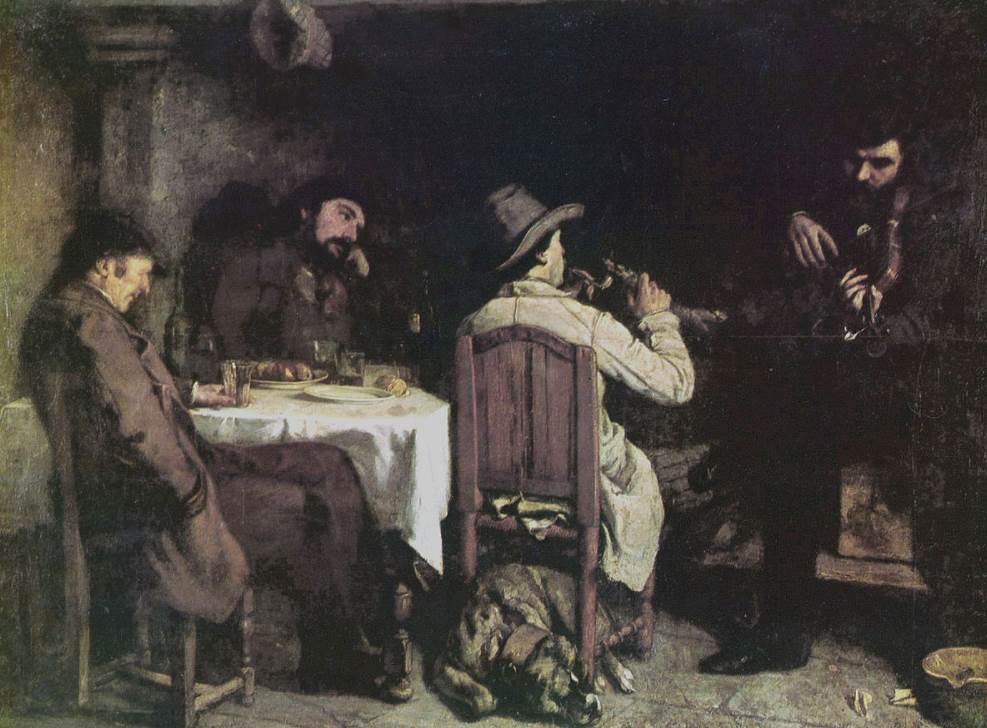
4. One of his most famous works was rejected for a popular event
One of the most remarkable facts about Gustave Courbet is that although he completely rejected painting historical works, the type of painting favored by the pairs Salon, he still managed to get recognition during this early phase of his career.
Following his early triumph in 1849, he managed to get praise for works he submitted in the early 1850s as well. Some of these included “The Stone Breakers” destroyed during World War II), the “Peasants of Flagey,” and “A Burial at Ornans.”
Especially the Burial at Ornans, an event depicting the actual burial of his grand uncle in 1848, was praised and is now considered to be one of his most famous works.
When Courbet submitted 14 paintings to be displayed at the Exposition Universelle of 1855 on the Champs Élysées, he was shocked that none of them were improved. Even a work that he considered to be his magnum opus called “The Artist’s Studio” was rejected.
Unable to cope with this rejection, he decided to set up his pavilion right next to the main show called the “Pavillon du Réalisme” (The Pavilion of Realism). Although this wasn’t a success, it ended up becoming the precursor of the “Salon des Refusés,” an exposition of rejected artworks.

5. He lived the final years of his life as an alcoholic in Switzerland
The rejection wasn’t the cause that his life went downhill during the final years of his life. It all started during the Franco-Prussian War in 1870 when he couldn’t hold his horses anymore and got involved in politics.
He wrote a letter to the Government of National Defense with the request to move Napoleon Bonaparte’s victory column on the Place Vendôme to another location, preferably Les Invalides where he deemed it belonged.
In the aftermath of the French defeat during the war, the pairs Commune, a political movement that briefly took control of Paris, took his demand seriously and toppled this column.
When the Paris Commune was suppressed in 1871 he had to flee but was eventually arrested and imprisoned for 6 months. Following his release, the newly appointed government of France sent him the bill for rebuilding the destroyed Vendôme Column: 323,091 francs and 68 centimes.
He eventually fled to Switzerland in 1873 but made a settlement to pay 10,000 francs per year until his 91st birthday. He died from liver disease at the age of 58 due to heavy drinking on December 31, 1877, a day before he was supposed to pay the first installment.
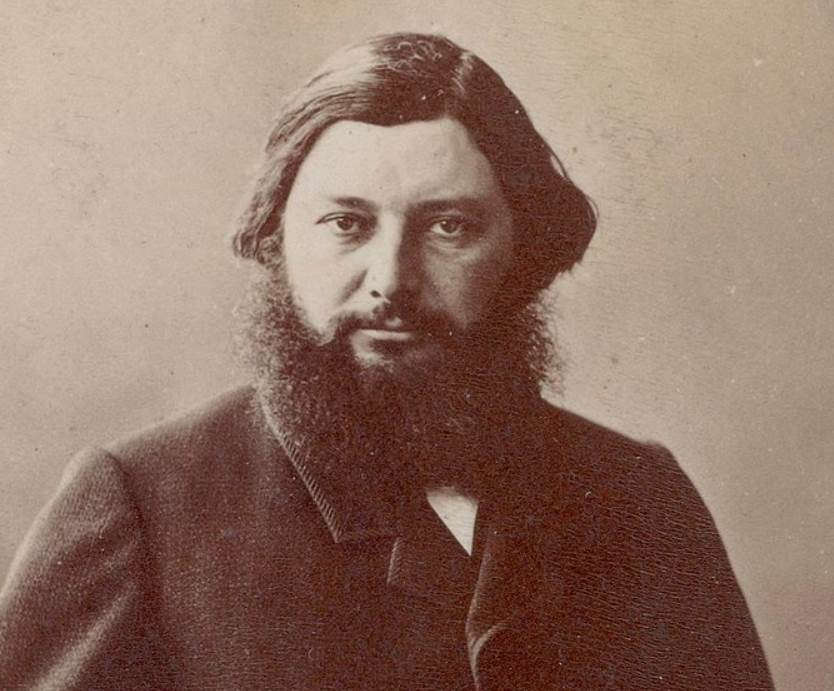
More interesting facts about Gustave Courbet
6. One of the main reasons that Gustave Courbet and his realistic approach to art were fairly successful from the start was because established artists admired his work.
Some of his fans included the likes of the leader of the French Romantic School, Eugène Delacroix, and American artist James Abbott McNeill Whistler. Delacroix even considered “The Artist’s Studio” (1855) to be an exceptional masterpiece.
7. Many of the figures appearing in “The Burial at Ornans” were people who attended the burial of Courbet’s grand uncle.
This work can be considered to be the start of the Realism movement which gradually pushed out the fantasy world of Romanticism which had dominated the art scene in the previous decades.
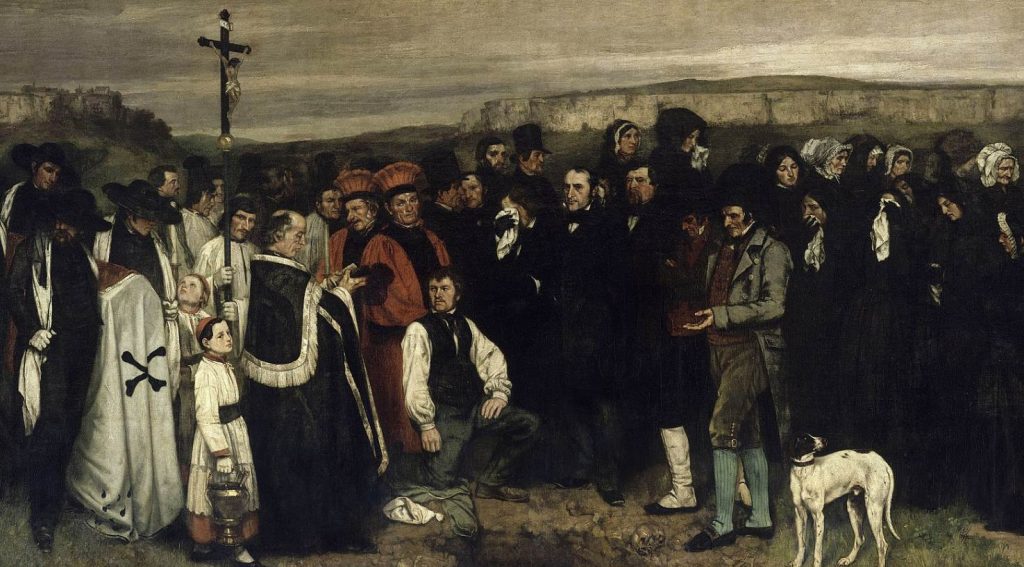
8. Courbet was an extremely versatile painter as he was able to paint just about anything he could observe. These included landscapes, seascapes, hunting scenes, and still lives.
He was also prone to shock his audience by exhibiting paintings of provocative nude females along with casual hunting scenes and landscapes. A painting referred to as “Sleep” (1866) can easily be considered an erotic scene as well as it depicts a lesbian couple in bed.
This was so uncommon at the time that it resulted in a police report for an art dealer who exhibited it in the year 1872.
9. The Vendôme Column that was toppled down as a result of the letter written by Gustave Courbet was originally erected by Napoleon I to commemorate his victory in the Battle of Austerlitz on December 2, 1805.
Courbet wrote this in a letter with a devastating result:
In as much as the Vendôme Column is a monument devoid of all artistic value, tending to perpetuate by its expression the ideas of war and conquest of the past imperial dynasty, which are reproved by a republican nation’s sentiment, citizen Courbet expresses the wish that the National Defense government will authorize him to disassemble this column.
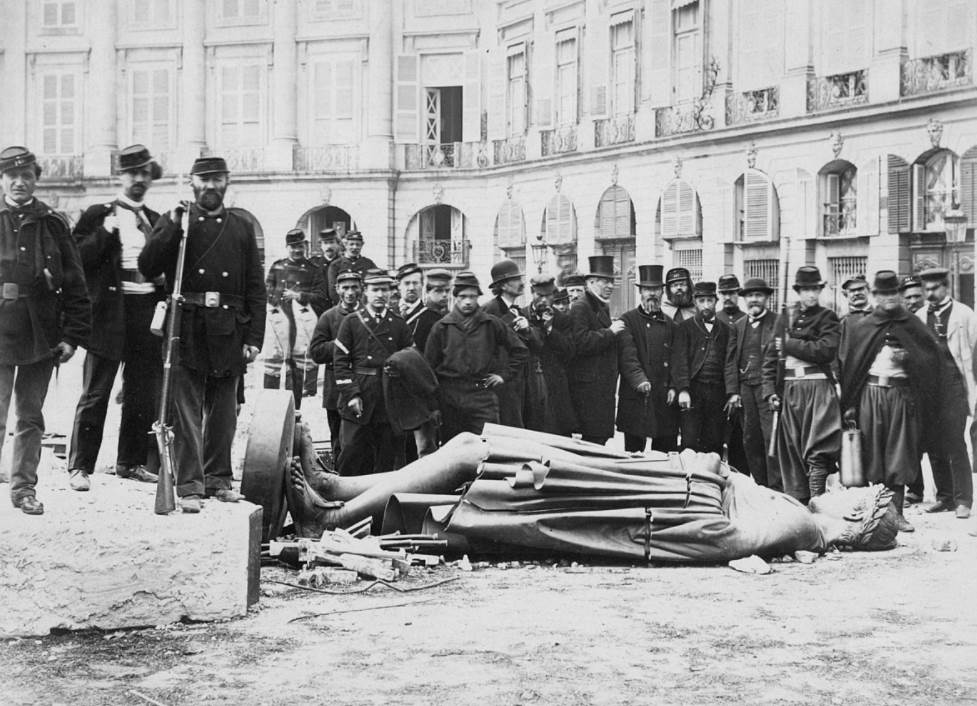
Although Courbet never paid the amount he was ordered to pay, the column was re-erected following its destruction by the Paris Commune in 1871 and remains one of the most prominent landmarks on the square just north of the Tuileries Garden in central Paris today.
10. Gustave Courbet ended up becoming one of the most influential artists of the 19th century. Not only because he was a pioneer of the Realism art movement, but also because he was admired by numerous artists of future generations.
His contemporaries also held him in high regard and Claude Monet even featured him in one of his most famous paintings called “Le Déjeuner sur l’herbe( 1865-1866), now on display at the Musée d’Orsay.
He also influenced the Impressionist artists and the Post-Impressionist artists and laid the groundwork for the works of Cubist artists of the early 20th century such as Pablo Picasso.
Because of this, members of the Cubist art movement said that “Courbet is the father of the new painters.” Quite a statement to make indeed!
